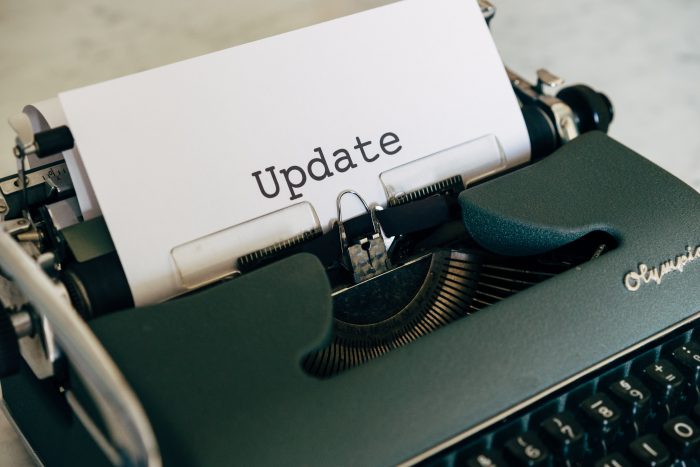RCPA staff reviewed the Governor’s proposed budget, and while many details still need to be sorted out, RCPA can provide some high-level facts about the proposed budget from the House Democrat Appropriations Committee 2022/23 Executive Budget Proposal At–A-Glance and the Governor’s 2022/23 Executive Budget Spreadsheet. Of note, please see pages 12–13 for the Department of Human Services line items and page 6 for the Department of Drug and Alcohol Programs.
The highlights of the Governor’s proposed budget include:
Education Funding
- Spending $43.7 billion in state General Funds;
- $1.55 billion, a 24% increase, in basic education funding;
- $1.25 billion to be distributed through the fair funding formula;
- $300 million in Level Up funding to the 100 most underfunded districts; and
- $200 million, a 16% increase, in special education funding.
Economy
Proposed increase to state’s minimum wage to $12 per hour effective July 1, 2022, including tipped workers, with 50 cent annual increases up to $15 per hour ($74.6 million direct revenue increase).
Protecting the Most Vulnerable
- $91.25 million ($190.1 million total funds) to increase MA rates for skilled nursing facilities, effective January 2023, to comply with regulatory changes planned for July 2023;
- $50 million, or a 44% increase to state supplemental programs for aged, blind, and individuals with disabilities, to increase the personal care home state supplement from $439.30 to $1,351.80 per month;
- $75 million in federal funds to recruit and retain behavioral health providers;
- $36.6 million to invest in critical county behavioral health services;
- $15 million in federal funds to stabilize payments to substance use disorder treatment providers and assist with pandemic related expenses;
- NEW: $14.3 million to increase the monthly Supplemental Nutrition Assistance Program (SNAP) benefit from $20 to $35 for 75,000 to 95,000 seniors and individuals with disabilities;
- NEW: $280,000 to implement Agency with Choice, preserving the ability for home and community-based waiver participants to choose their worker while allowing workers to obtain the support of an agency;
- $18.8 million to serve an additional 832 individuals with intellectual disabilities and autism currently waiting for services;
- $1 million to provide community placements for individuals residing in intermediate care facilities;
- $1.25 million to discharge 20 individuals from state hospitals through the Community Hospital Integration Project Program (CHIPP);
- $2.4 million for Department of Aging and Department of Human Services to strengthen older adult protective services (8 positions), create a child welfare crisis response team (4 positions), and support increased regulatory, licensing, budgetary, and administrative functions (30 positions) through increasing complement;
- NEW: $8 million to extend postpartum coverage for birthing parents eligible for Medical Assistance to 12 months;
- $15 million, a 77% increase, to implement additional evidence-based home visiting and family support services to 3,800 additional families;
- $1.8 million to support court-appointed volunteer advocacy; and
- NEW: $10 million for State Disaster Assistance, a new initiative to provide disaster assistance to individuals and to improve access to safe, secure, and weathertight homes.
In addition to the above proposed funding, the Governor and Democratic legislative leaders support allocating the unused American Rescue Plan funds from last year’s budget to various programs, which are outlined in the Democrat’s American Rescue Plan Act — State Fiscal Recovery plan, to help Pennsylvanians rather than letting the funds be transferred to the General Fund to sit in reserve.
The above information is a high-level overview of the Governor’s budget proposal. The specific line items contained in the Governor’s 2022/23 Executive Budget Spreadsheet are the overall dollars allocated for health and human services. The Department of Human Services (DHS) has not yet released their Budget Blue Book, which breaks down these line items and provides a detailed dollar amount allocated to specific human service programs. We are being told the DHS Blue Book should be available with this specific information at the end of February or the first week of March. Once RCPA obtains the Blue Book and reviews it, we will provide members with a more detailed summary and analysis.
As a reminder, the Governor’s Proposed Budget is just that: a proposal. The General Assembly will now hold budget hearings; a complete hearing list can be found here. The General Assembly and the Governor will conduct budget negotiations after the House and Senate budget hearings conclude to hopefully finalize the Commonwealth’s 2022/23 budget by June 30. If you have any questions, please contact Jack Phillips.








